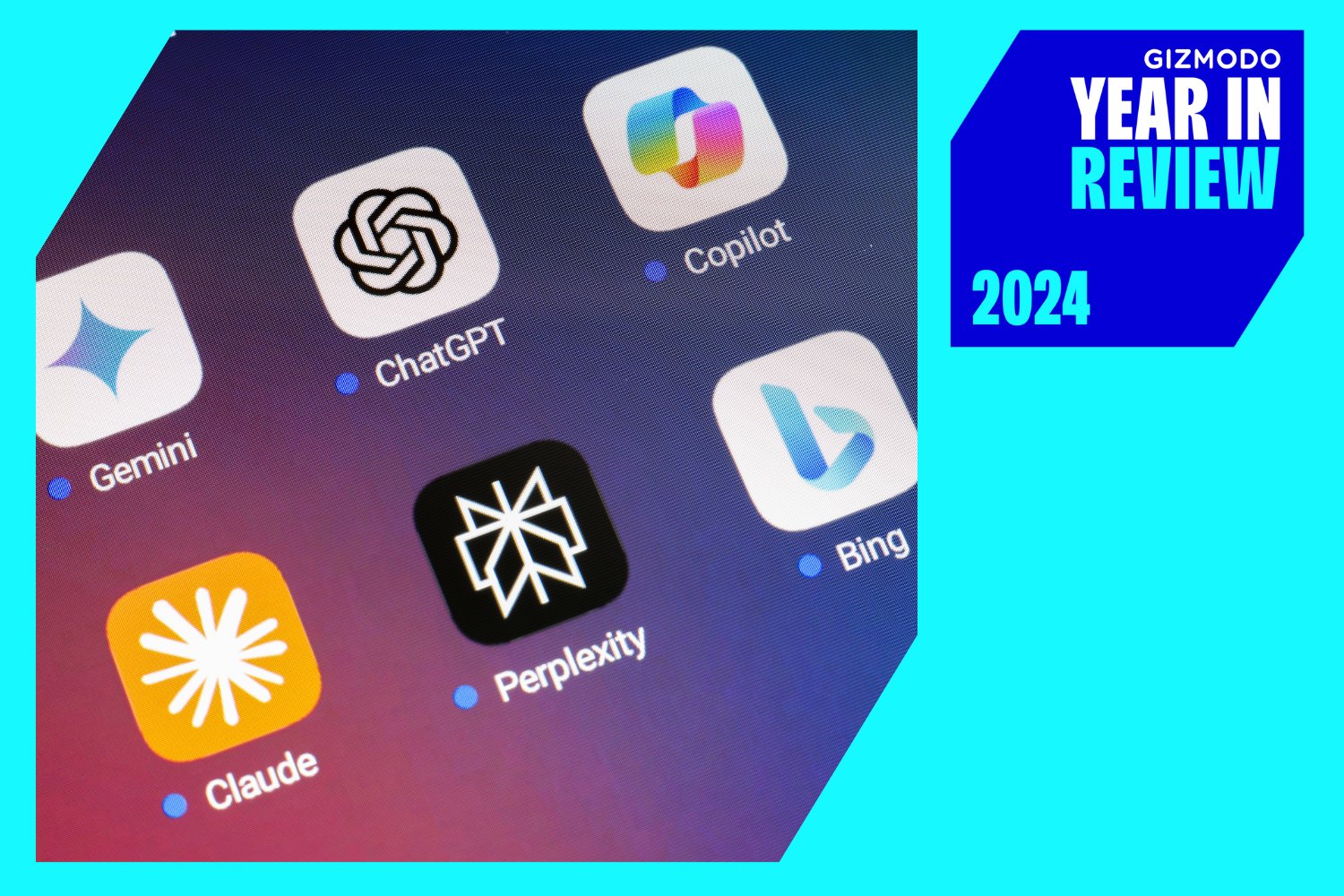We’ve got another variation of Microsoft’s operating system to keep track of: Windows 10X. It’s coming first to the dual-screen Surface Neo due in 2020, but behind the scenes it tells us much more about the future of Windows across multiple devices and form factors—and we’ve got everything you need to know about this new take on Windows.
In short: Windows 10X is the first fruit of Microsoft’s ongoing attempts to make it easier to get Windows everywhere—on your Xbox, on your laptop, maybe even one day on your phone again. The new OS builds on top of the basic foundation or core of Windows 10, which is appropriately enough known as Windows Core OS.
Very little has been said officially about Windows Core OS, but Windows Central has a very good guide: You can think of it as the basic building blocks of new, next-gen Windows, stripped down to its essential parts, which Microsoft can then build on top of whenever it needs to adapt Windows to a new form factor.

A form factor such as AR headsets, for example, or dual-screen tablets—Microsoft was able to develop Windows 10X by building on top of Windows Core OS, rather than starting again from scratch.
The Windows Core OS sticks to Universal Windows Platform (UWP) apps, and is designed to be able to run across multiple types of hardware, from HoloLens headsets to Surface 2-in-1s. It means the code-sharing that’s gone on between Xbox and Windows 10 for the last few years can go to new places and new devices too.
Crucially, Windows Core OS is modular. Extra bits that aren’t in Core OS can be plugged in—like support for legacy Win32 desktop applications, which Microsoft has added in Windows 10X. And here’s the neat part: That Win32 component can be disabled when it’s not being used, improving battery life on your big dual-screen tablet.
“We didn’t wipe the slate clean and start over with a brand-new operating system,” writes Microsoft corporate VP Eran Megiddo. “Our approach is an evolution of where we’ve been going with Windows 10 for the last few years.”

“For those of you not familiar, there are a common set of shared technologies in Windows 10 that unlock a whole host of devices across the spectrum from consumers to businesses and industries. Internally, we call these shared technologies ‘one core’ but what matters most to customers is what they enable.”
Windows 10X is specifically for new, dual-screen devices, and won’t be heading to your desktop or laptop computer—at least, not yet. It’s been designed to let users work on two screens in tandem, with smooth integration between the two, but a visual interface that’s still going to be familiar to people who already use Windows.
We’ve only seen a preview so far, but some of the tricks Windows 10X is going to offer have been revealed. Tap a link in Outlook and it’ll automatically open up on the second screen rather than the current one.the OS also comes with what Microsoft is calling the WonderBar, like a supercharged macOS Touch Bar that appears whenever a Bluetooth keyboard, or the optional keyboard from Microsoft, is detected.
Alongside Windows Core OS, Microsoft is also developing what’s known as CShell, or Composable Shell. This project is focused on a user interface that can adapt to any screen of any size, in a more fluid way than the Surface devices currently flip between desktop and tablet mode. As with Core OS, the idea is that different parts of the UI are enabled and disabled as the form factor changes (very handy for foldable devices, of course).

It’s still a work in progress—which is no doubt why the Surface Duo runs Android with a little dash of Windows in the background, rather than full Windows—but you can see where Microsoft is heading with this. Not only should the end experience be more intuitive and familiar for users, it should also be easier to develop for engineers and app makers.
Windows 10X devices are also coming from the likes of Dell, HP, Lenovo, and Asus, but these pieces of hardware are still a year away—that means plenty of time for Windows Core OS and Windows 10X to develop further. Each twist on the foundation of Windows will be built for its form factor though, and Microsoft has said that Windows 10X won’t be coming to traditional desktops and laptops.
All of which makes the next Microsoft Build developer conference in May an intriguing prospect. We should hear more about Windows 10X, and the core technologies it’s been built upon, and the other ways Microsoft is developing Windows for yet more devices. Those devices will include the HoloLens 2 and the Surface Hub 2X, which we know are running software based on Windows Core OS.














